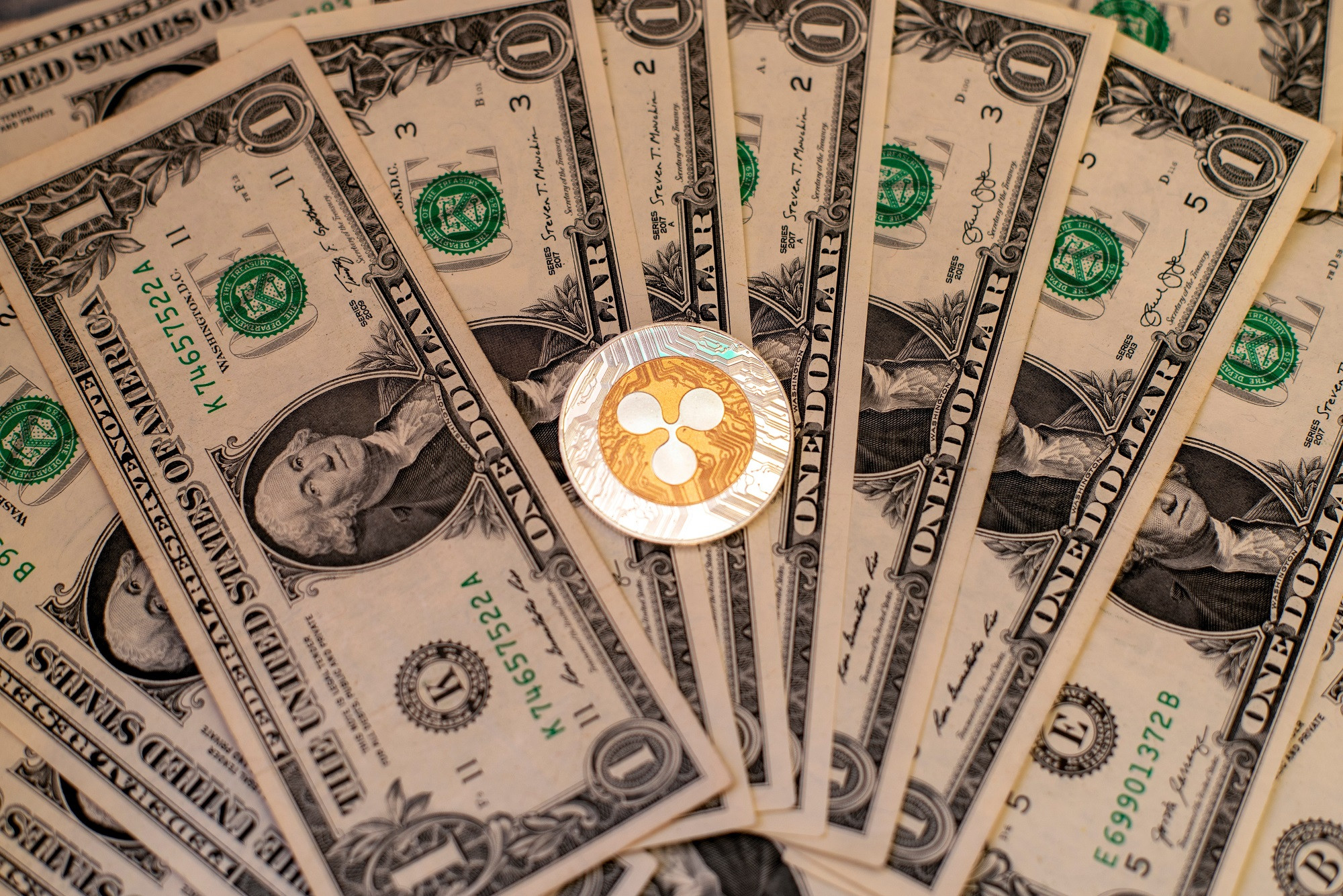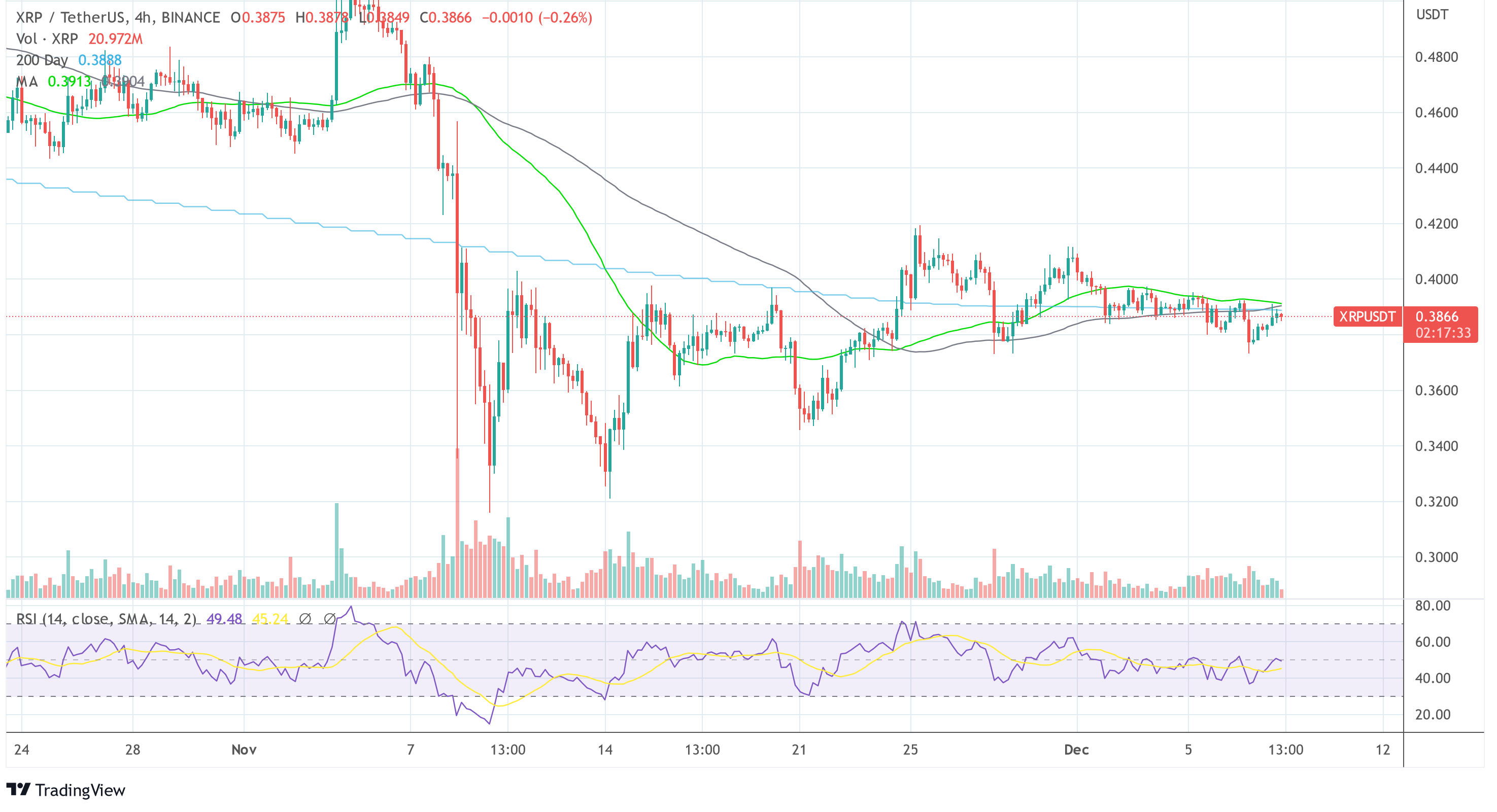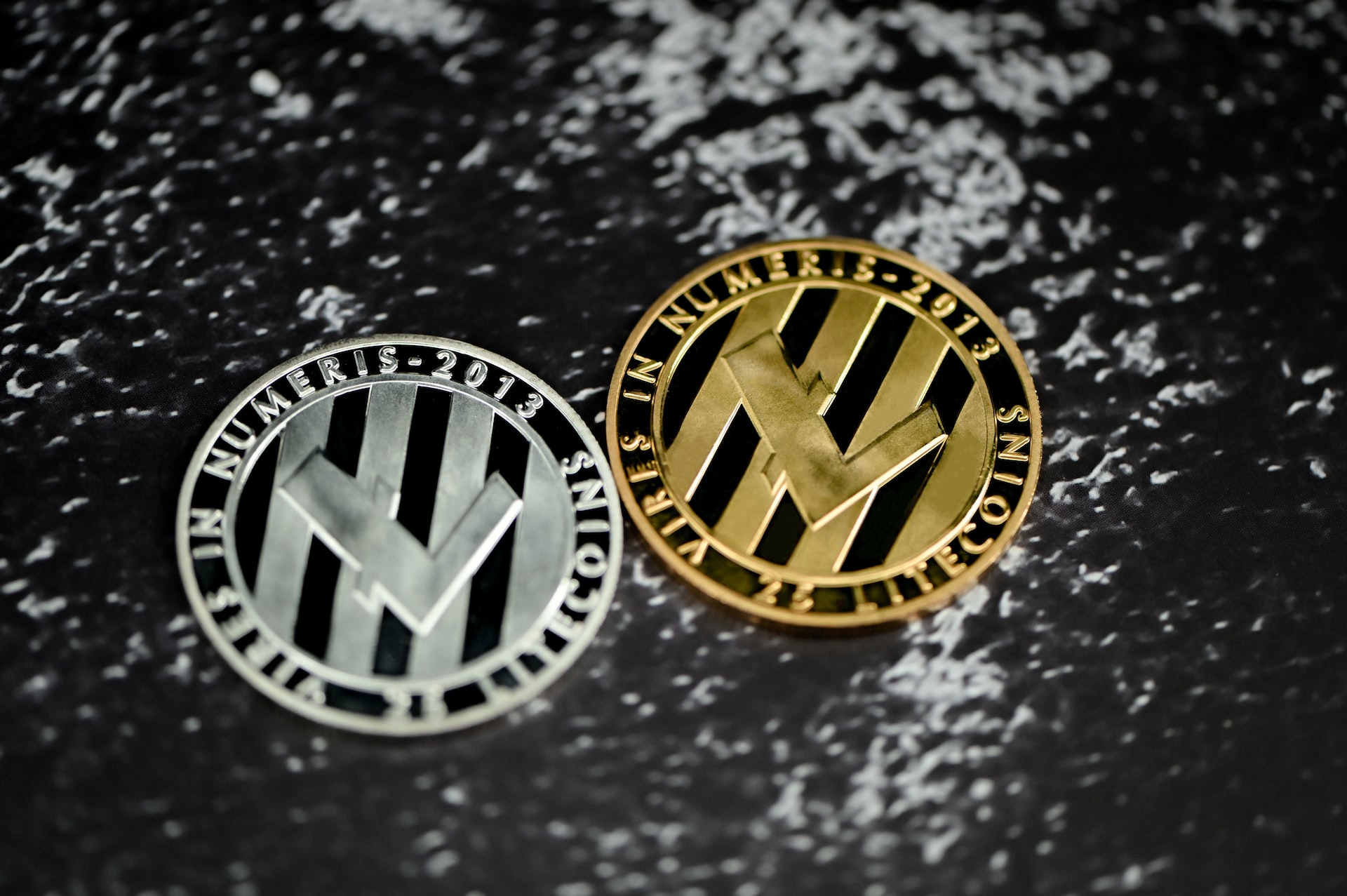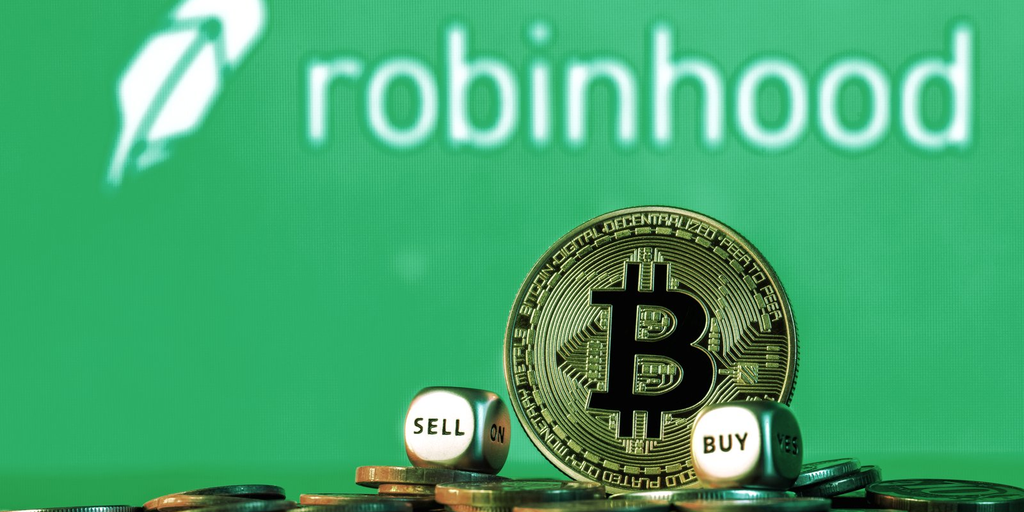Ripple Execs Facing Multi-Million Fines From SEC? Lawyers Weigh In
- Posted on December 8, 2022
- News
- By Mark Otto
- 167 Views

Sasha Hodder, founder of Hodder Law Firm, has started a discussion among lawyers on Twitter about whether Ripple chiefs Brad Garlinghouse and Chris Larsen face fines in their legal battle with the U.S. Securities and Exchange Commission, and if so, what those fines might be.
Hodder wrote in a tweet that if Ripple loses, Larsen will owe the SEC $450 million and Garlinghouse $150 million in fines.
If Ripple loses, Larsen will owe the SEC $450 million and Garlinghouse $150 million in disgorgement penalties.
— Sasha Hodder (@sashahodler) December 7, 2022
Ripple Execs Could Win While The Company Loses
The original SEC complaint from December 2020 names Larsen, the company’s co-founder, chairman and former CEO, and Bradley Garlinghouse, the company’s current CEO. Both are accused of also making personal, unregistered sales of XRP totaling about $600 million.
Jeremy Hogan, an XRP-loyal community attorney, commented that the SEC has an entirely tougher legal standard to prove against Larsen and Garlinghouse than it does against the company.
“Ripple could lose 100% and the individual defendants could still very well win,” Hogan commented.
Attorney John E Deaton, who is actively participating in the SEC-Ripple litigation with his amicus on behalf of 75,000 investors, added that Judge Torres would have to conclude that both chief executives were reckless in not knowing that XRP is a security.
“Not negligent – but reckless!”, he added.

The Burden Of Proof For The SEC Is Quite Heavy
Deaton detailed in a lengthy thread why the judge can never conclude that the two executives acted recklessly.
Thus, the attorney lays out that SEC attorneys were allowed to own and trade XRP until March 2019.
In 2014, the Government Accountability Office (USGAO) classified XRP as “a virtual currency used in a decentralized payment system called Ripple.”
A year later, FinCEN and the DOJ settled with Ripple and declared XRP a virtual currency. This forced Ripple to register its XRP sales with FinCEN, not the SEC.
That same year, the CFTC declared that Bitcoin and other similar cryptocurrencies are “properly classified commodities.”
Finally, in 2018, the ominous Hinman speech followed, in which the former director of the Division of Corporation Finance at the SEC classified BTC and ETH as non-securities.
Last but not least, in 2019, the SEC published a framework for digital assets. This states that any crypto asset that can be used for payments and as a substitute for fiat currency “is unlikely to satisfy Howey” requirements.
And those are far from all the arguments Deaton finds. In any case, according to Deaton, Garlinghouse and Larsen are precluded from being found to have acted recklessly.
Reckless means that no reasonable person could believe that XRP was not a security.
A Personal Thing?Deaton speculates that the SEC’s action against the two executives was a “personal” matter, and in no way did itself any favors:
This was personal and it was a stupid decision by the SEC. […] because it placed a higher burden on the SEC to prove. Let’s be honest, this was hard ball intimidation tactics by the SEC.
At press time, the XRP price was displaying some strength in the 4-hour chart, recording higher lows.

Source: Bitcoinist.com




